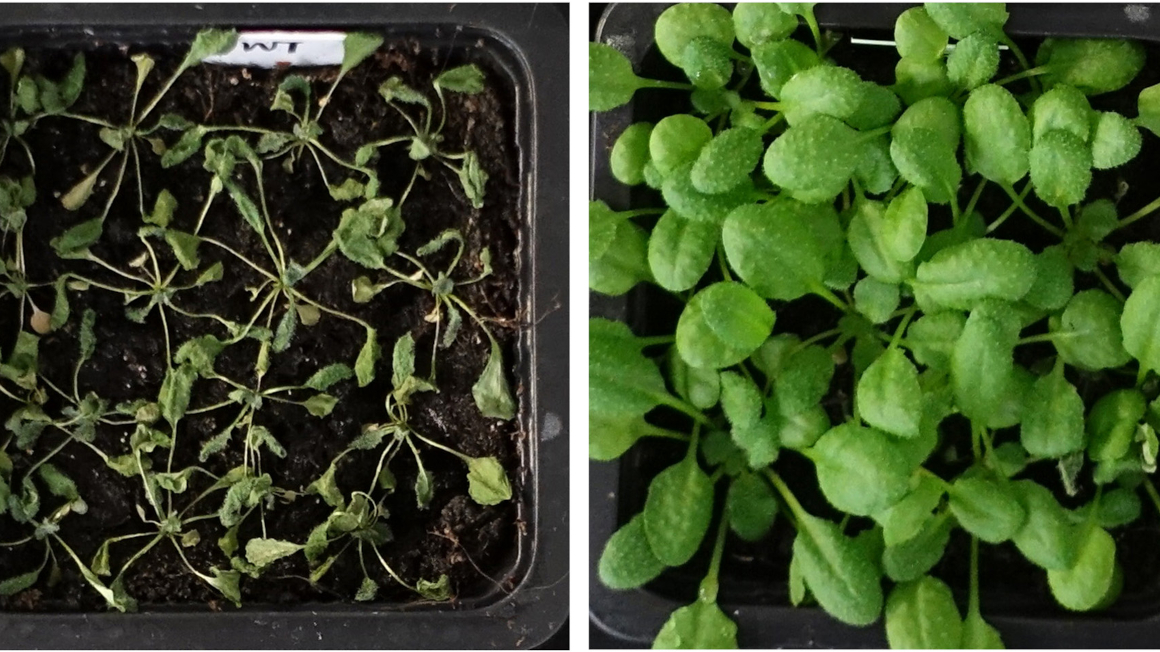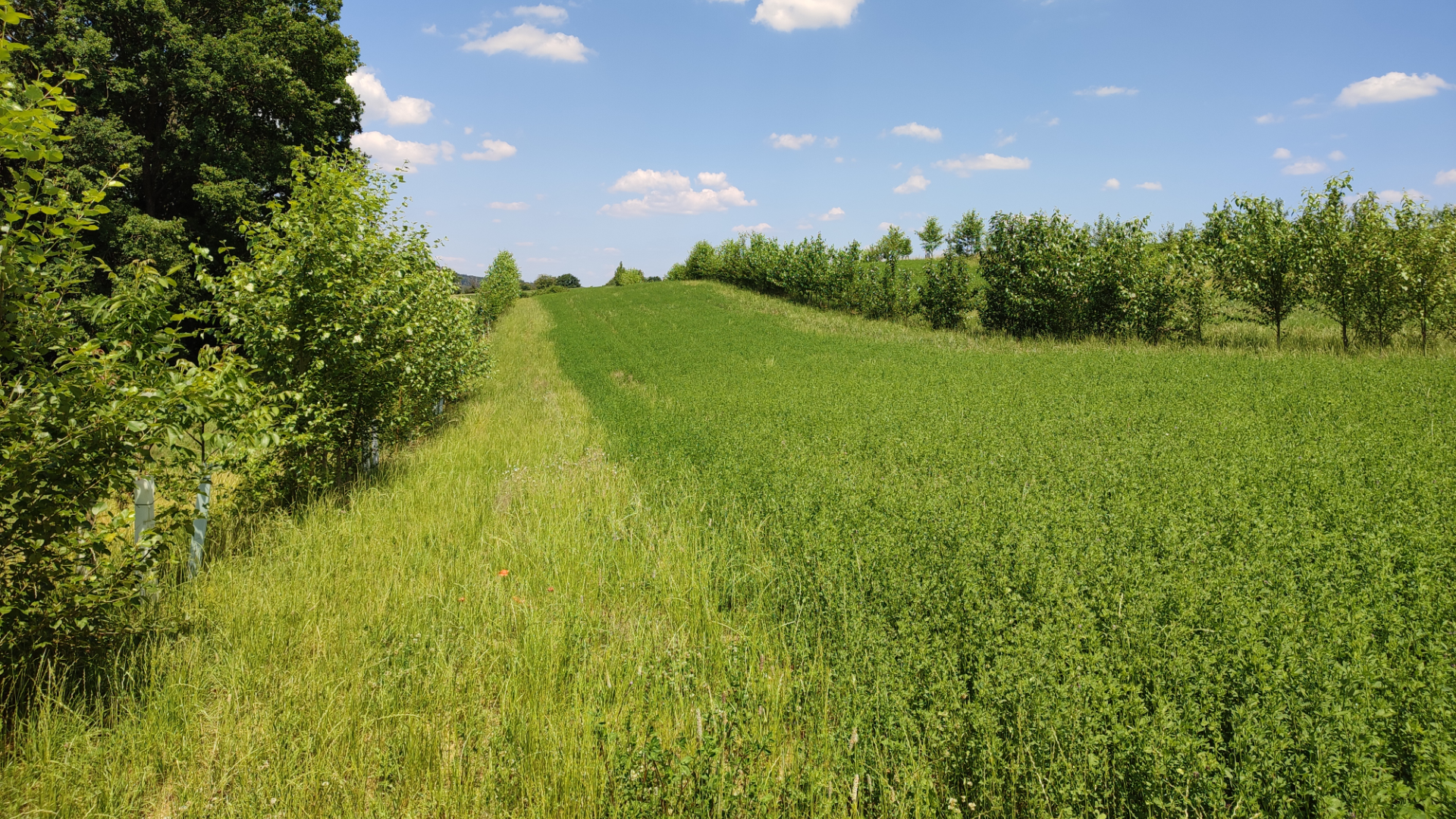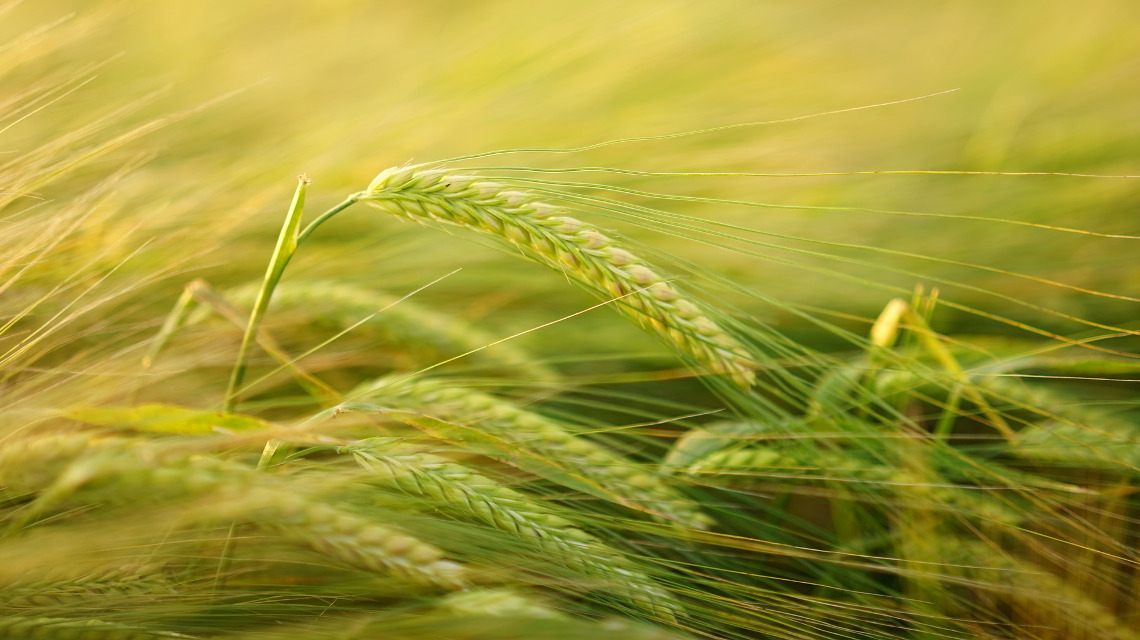How plants conserve water during droughts
A research team at Heidelberg University has discovered a previously unknown molecular mechanism that plants use to prevent water loss during extreme drought and strong sunlight.

Drought and heat put many plants under stress and often cause their water reserves to be depleted. A research team at the Centre for Organismal Studies (COS) at Heidelberg University has now discovered a previously unknown molecular mechanism that helps plants conserve water.
Plant leaves have microscopic pores on their surface that function like valves. These so-called stomata regulate the exchange between air and water vapour. The plant hormone abscisic acid (ABA) is responsible for closing the pores. This greatly reduces water loss, enabling the plant to better survive dry periods. In the journal Nature Communications, the Heidelberg researchers describe the molecular mechanism that prevents water loss.
Stress signals stimulate biosynthesis of the plant hormone abscisic acid
According to this, a protein complex in the chloroplasts acts as a sensor and reacts to drought and intense sunlight. The cysteine synthase complex consists of two enzymes. It evaluates various stress signals that are transported from the root to the shoot when the soil dries out – a nutrient signal (sulphate) and a small protein molecule. These signals activate the protein complex, which then initiates the biosynthesis of the plant hormone ABA and causes the pores to close. This allows the plant to conserve water, according to the study.
Metabolism in the chloroplasts also responds to stress signals
‘Our results show that metabolism in chloroplasts not only supplies building blocks through photosynthesis, but also actively responds to stress signals, thereby precisely controlling the plant's adaptation to environmental conditions such as drought,’ explain Rüdiger Hell and Markus Wirtz from the ‘Molecular Biology of Plants’ research group based at COS.
Based on these findings, the team succeeded in developing an Arabidopsis plant that tolerates drought better without being restricted in its growth. In the long term, the newly discovered mechanism could help make crops more resistant to the effects of climate change. The study was conducted in cooperation with Nanjing Agricultural University (China) and was funded by the German Research Foundation.
bb


